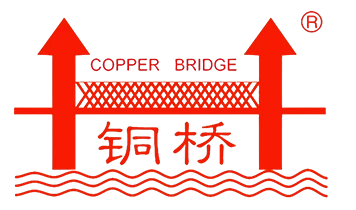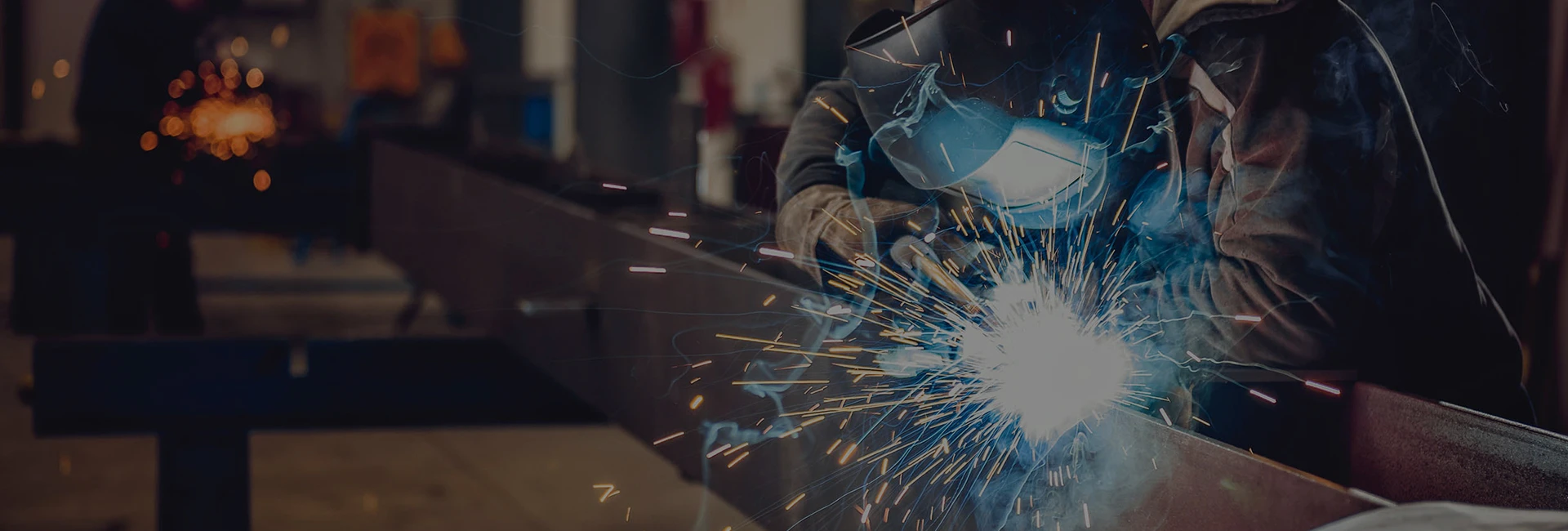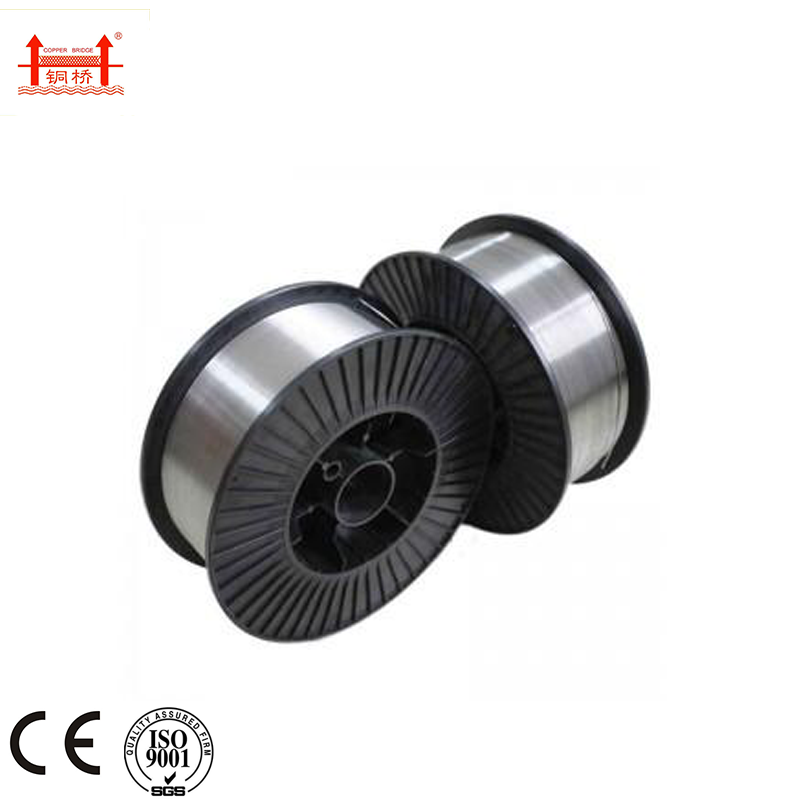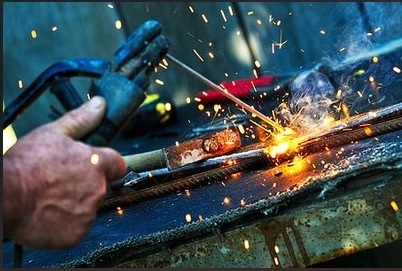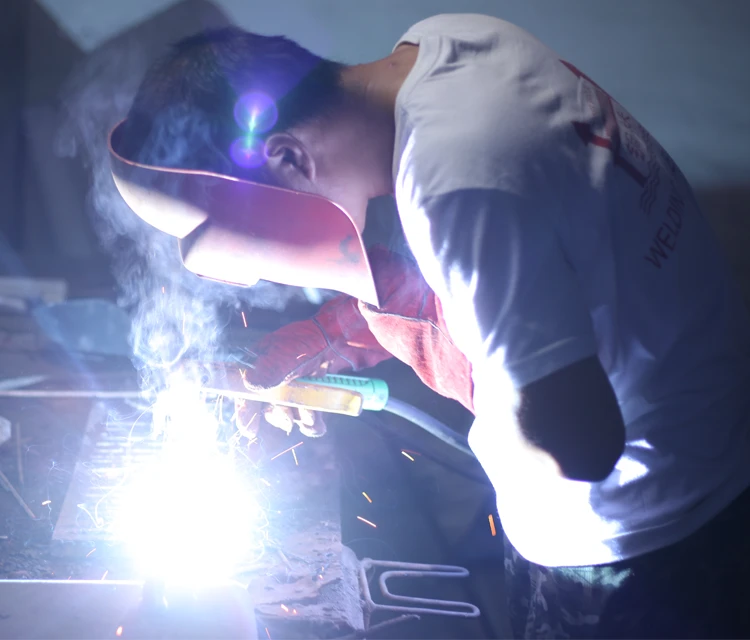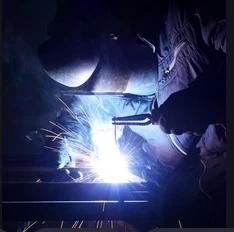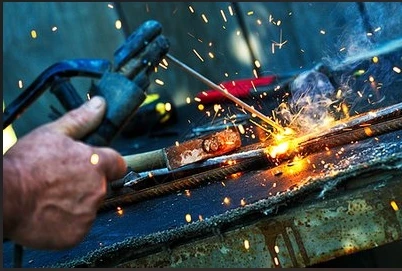6011 or 7018 Welding Rods: Deep Penetration vs Low-Hydrogen
Nov . 08, 2025 07:15
6011 Or 7018 is a key solution in the manufacturing industry, specifically within welding materials and welding rod. This article explores how Dingzhou Jinlong Metal Production Co., Ltd. supports professionals with durable, high-performance products, and explains why this product is an ideal choice for businesses in these sectors.

Table of Contents
- 6011 Or 7018 Overview
- Benefits & Use Cases of 6011 Or 7018 in welding rod
- Cost, Maintenance & User Experience
- Sustainability & Market Trends in manufacturing
- Conclusion on 6011 Or 7018 from Dingzhou Jinlong Metal Production Co., Ltd.
6011 Or 7018 Overview
For procurement and operations leaders, the question “6011 or 7018 welding rod?” is more than a preference—it’s a productivity and risk decision. E6011 and E7018 are both carbon steel SMAW (stick) electrodes under AWS A5.1, but they’re engineered for different conditions. E6011 features a high-cellulose potassium coating that delivers aggressive, deep penetration, fast-freezing slag, and reliable performance on rusty, painted, or galvanized steel using AC or DC+. E7018 is a low-hydrogen, iron-powder electrode with higher tensile strength (70 ksi), smooth bead appearance, and excellent toughness for code-quality structural work, typically on DC+ (and 7018AC variants on AC).
What’s the difference between 6011 and 7018 welding rod in practice? Think jobsite reality versus controlled fabrication. E6011 thrives in field repair, poor fit-up, and out-of-position work where speed and penetration matter. E7018 thrives in shop and structural applications where low hydrogen, ductility, and mechanical properties drive compliance and warranty assurance. Dingzhou Jinlong Metal Production Co., Ltd. manufactures consistent, high-performing electrodes to these standards, supplying B2B buyers with reliable batches and packaging options that streamline distribution and on-site deployment. If you’re evaluating 7018 vs 6011 for your fleet, aligning rod choice with base metal, cleanliness, and procedure is the key to throughput.
Benefits & Use Cases of 6011 Or 7018 in welding rod
What is E6011 welding rod used for? Typical use cases include farm and construction equipment repair, shipbuilding maintenance, bracket and support fabrication on dirty steel, and root passes where deep penetration and fast-freezing slag reduce risk of lack-of-fusion. E6011 is all-position (including vertical and overhead) and well-suited to small generator power on remote sites. By contrast, E7018’s low-hydrogen chemistry makes it the go-to for bridges, buildings, pressure components, and heavy equipment manufacturing—anywhere weld integrity, impact toughness, and consistent bead appearance are audited or certified. When comparing 6011 vs 7018 welding rod, consider not only strength but also hydrogen control and surface prep realities.
Competitive advantages from Dingzhou Jinlong include stable arc characteristics, low spatter, and dependable slag control across positions. With E7018, proper moisture resistance in sealed packaging supports storage best practices; for E6011, robust arc force and penetration reduce rework on varied base metals. Whether your team frames the decision as 6011 or 7018 welding rod or “difference between 6011 and 7018 welding rods,” the right rod matched to procedure can cut cycle time, lower defect rates, and simplify training. Dingzhou Jinlong Metal Production Co., Ltd. backs this with technical support and consistent lot-to-lot quality for OEMs, job shops, and service fleets.
Cost, Maintenance & User Experience
Total cost of ownership depends on more than per-carton pricing. E6011 often carries a lower unit cost and reduces prep time on weathered materials—ideal for field service ROI. However, it may require more post-weld cleanup versus E7018. E7018 typically commands a modest premium but pays back with reduced porosity risk, smoother beads, less grinding, and easier inspection acceptance—especially critical in audited structural work. Moisture control is essential for low-hydrogen electrodes: keeping E7018 dry (sealed containers and rod ovens per procedure) maintains mechanical properties and minimizes hydrogen-induced cracking risk. Dingzhou Jinlong’s packaging helps protect rods through transit and warehouse handling, supporting consistent performance on site.
Feedback from welding supervisors often highlights arc stability and predictable slag behavior as the biggest contributors to productivity. Users report that Dingzhou Jinlong’s E6011 provides reliable strike and restart for vertical and overhead passes, while E7018 delivers uniform wetting and bead profile across fillets and grooves. For decision-makers weighing 7018 vs 6011, the best ROI emerges when rod selection mirrors the job mix: high-penetration repair and maintenance favor E6011, while code-driven fabrication favors E7018. Standardizing on proven electrodes from a reliable manufacturer reduces scrap, rework, and schedule risk—core drivers of lifecycle value in welding operations.
Sustainability & Market Trends in manufacturing
Welding supply chains are evolving toward lower waste, tighter compliance, and traceability. For electrodes, that means smarter packaging, better moisture barriers, and clear batch identification to support quality records and reduce scrap. Regulatory expectations around weld quality and worker safety continue to rise, pushing buyers to standardize consumables, implement proper storage (especially for low-hydrogen rods like E7018), and invest in training aligned with procedures. Meanwhile, the manufacturing sector is balancing flexible jobsite demands—where E6011 can shine on less-than-ideal surfaces—with factory-floor repeatability, where E7018’s low hydrogen and stable mechanics support predictable outcomes and lower rework.
Dingzhou Jinlong Metal Production Co., Ltd. positions itself as a forward-thinking supplier, focusing on consistent electrode quality, packaging designed to protect product integrity, and dependable deliveries that reduce emergency purchases and material waste. By helping customers choose wisely between 6011 Or 7018 for each procedure—and by supporting best practices in storage and handling—Jinlong enables safer worksites, fewer defects, and improved resource efficiency. As buyers compare the difference between 6011 and 7018, a lifecycle view that includes training, defect reduction, and compliance provides the clearest path to sustainable productivity gains.
Conclusion on 6011 Or 7018 from Dingzhou Jinlong Metal Production Co., Ltd.
Choosing between 6011 Or 7018 is ultimately about aligning consumables to your weld environment and quality targets. E6011 offers fast, deep penetration on less-than-pristine steel; E7018 delivers low-hydrogen reliability and superior mechanical properties for structural work. Dingzhou Jinlong Metal Production Co., Ltd. provides dependable, high-performance electrodes for both scenarios, helping B2B teams drive throughput, consistency, and compliance. Contact us: email: CJL751229@jinlongmetals.com — Visit our website: https://www.jinlongweldingelectrode.com
Related Video


